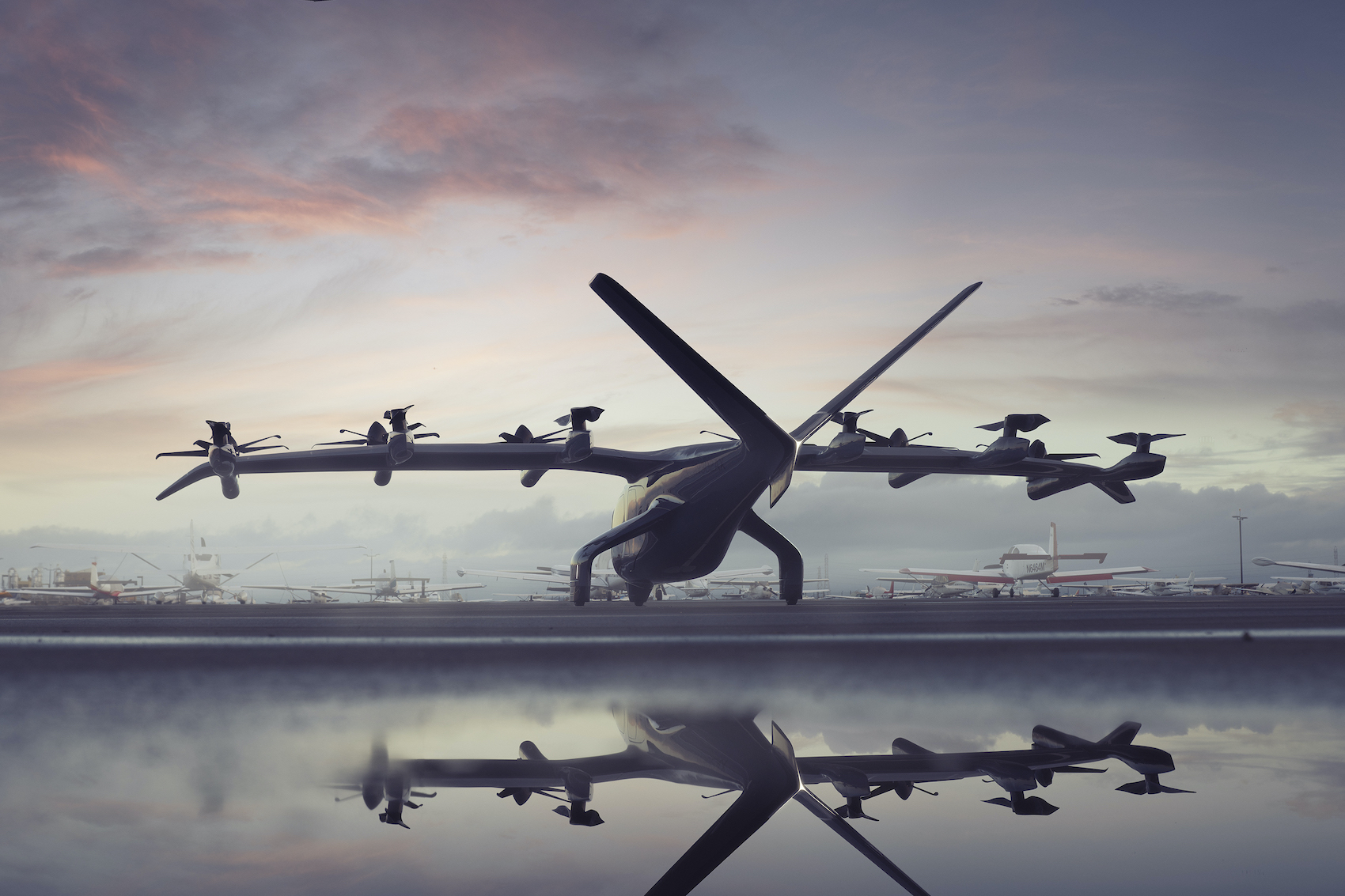Urban air mobility (UAM) is rapidly transitioning from a futuristic vision to a tangible reality, with electric vertical take-off and landing (eVTOL) vehicles leading the charge. For aeronautical experts and space enthusiasts, eVTOLs represent a convergence of aerospace engineering, electrification, and automation, poised to revolutionize urban transportation. However, alongside the promise come challenges that demand technical, regulatory, and societal solutions.
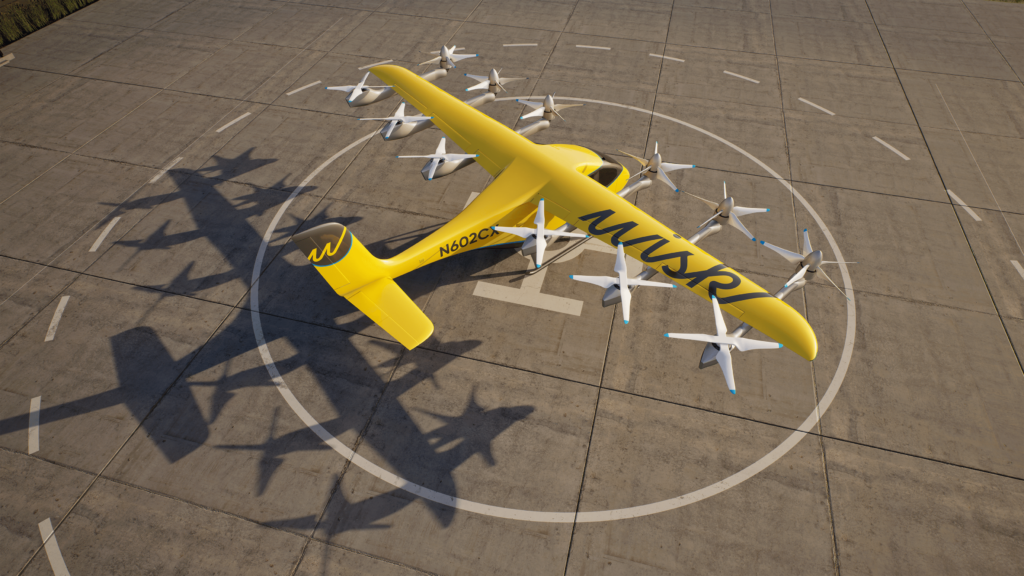
The eVTOL Revolution: A Technical Overview
eVTOLs leverage distributed electric propulsion systems, integrating multiple rotors or ducted fans to achieve vertical lift and horizontal flight. These aircraft range from multi-rotor designs—akin to scaled-up drones—to hybrid lift-plus-cruise configurations, which combine vertical thrust with winged flight for improved range and efficiency. Advanced flight control systems and redundant propulsion architectures enhance stability, enabling precise maneuvers and increased safety.
Recent advancements in battery technology, including high-density lithium-ion cells and potential solid-state alternatives, are pushing the viability of eVTOL operations. However, current battery limitations remain a bottleneck, restricting range and payload capacity. The need for rapid recharging or battery-swapping solutions is critical for commercial viability.
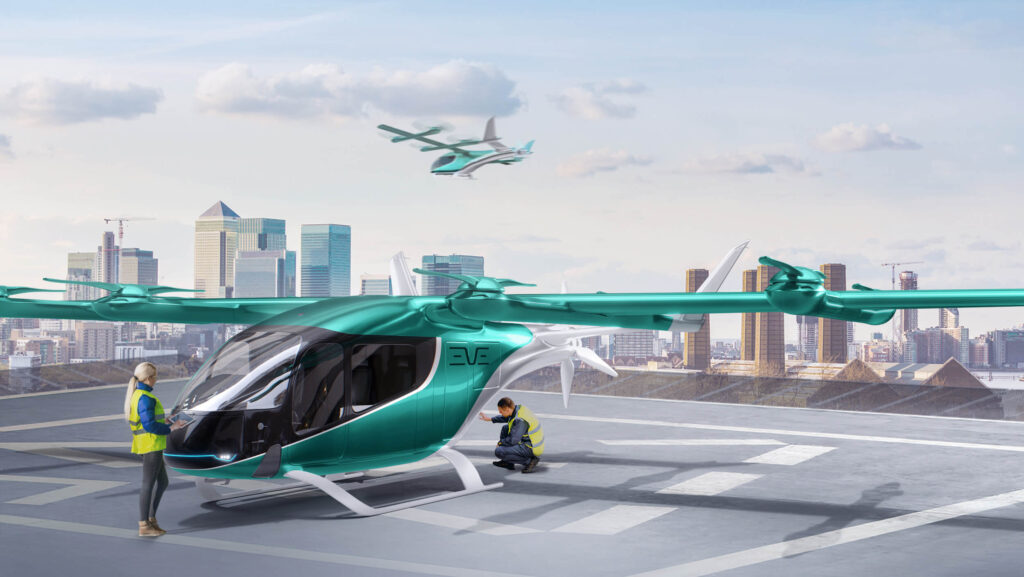
Challenges and Risks in eVTOL Deployment
While eVTOLs offer numerous benefits, their widespread adoption is hindered by key risks:
- Safety and Reliability: Unlike fixed-wing aircraft, eVTOLs lack glide capability, making redundancy and fail-safe systems paramount. Distributed propulsion mitigates single-point failures, but emergency landing options in dense urban environments pose a challenge.
- Airspace Congestion: Urban skies are already busy with commercial aviation, drones, and general aviation. Implementing an urban air traffic management (UTM) system is essential to prevent collisions and optimize routing.
- Battery Performance and Fire Risk: High-energy-density batteries are critical for eVTOLs but come with safety concerns, including thermal runaway. Improving energy storage and management is key to long-term success.
- Regulatory and Certification Hurdles: Aviation authorities, including the FAA and EASA, are actively developing certification frameworks for eVTOLs. These aircraft must meet stringent airworthiness standards before commercial operations can commence.
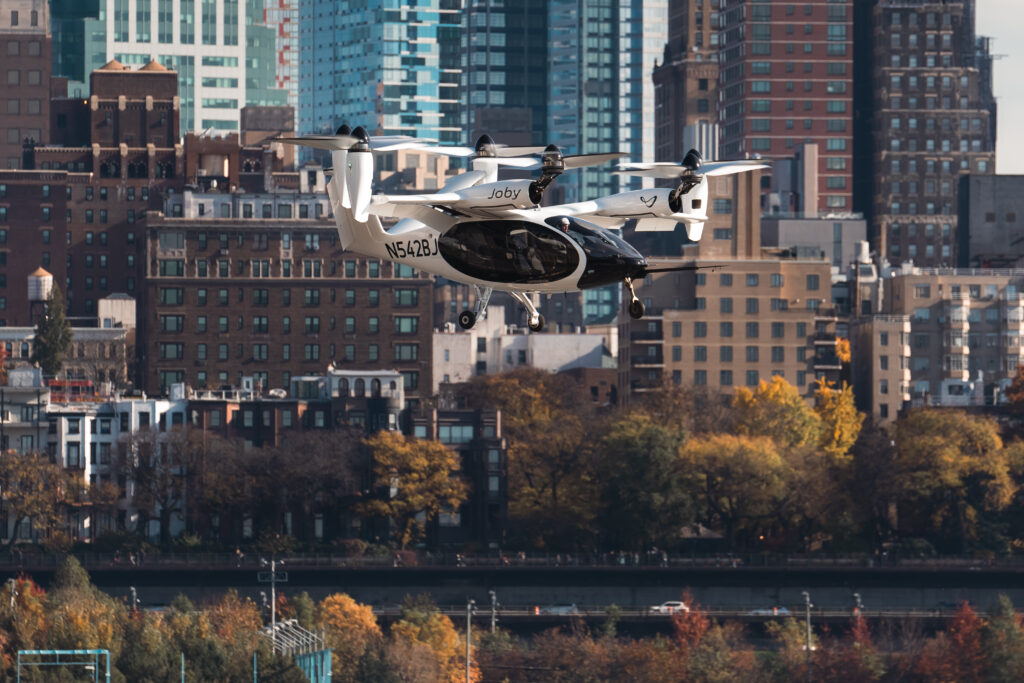
The Benefits of eVTOLs for Urban Centers
Despite these hurdles, eVTOLs present transformative opportunities for urban mobility:
- Reducing Ground Congestion: By shifting passenger and cargo transport to the skies, eVTOLs could alleviate urban traffic and shorten commute times.
- Lowering Carbon Emissions: Compared to traditional aviation and ground transportation, eVTOLs have the potential to reduce greenhouse gas emissions, particularly if charged using renewable energy sources.
- Enhanced Connectivity: eVTOL networks could bridge gaps in existing public transport systems, linking suburban areas to urban centers and airports efficiently.
Public Perception: Will Society Accept eVTOLs?
While aviation professionals recognize the potential of eVTOLs, public acceptance remains a decisive factor. Concerns about noise pollution, safety, and operational costs could shape adoption rates. Initial surveys indicate a mix of enthusiasm and skepticism, with younger demographics showing a higher willingness to embrace aerial mobility.
Building trust through transparency in testing, stringent safety protocols, and gradual scaling of operations will be crucial. Demonstrating the real-world benefits of eVTOLs—such as emergency medical transport or efficient airport transfers—may accelerate societal acceptance.
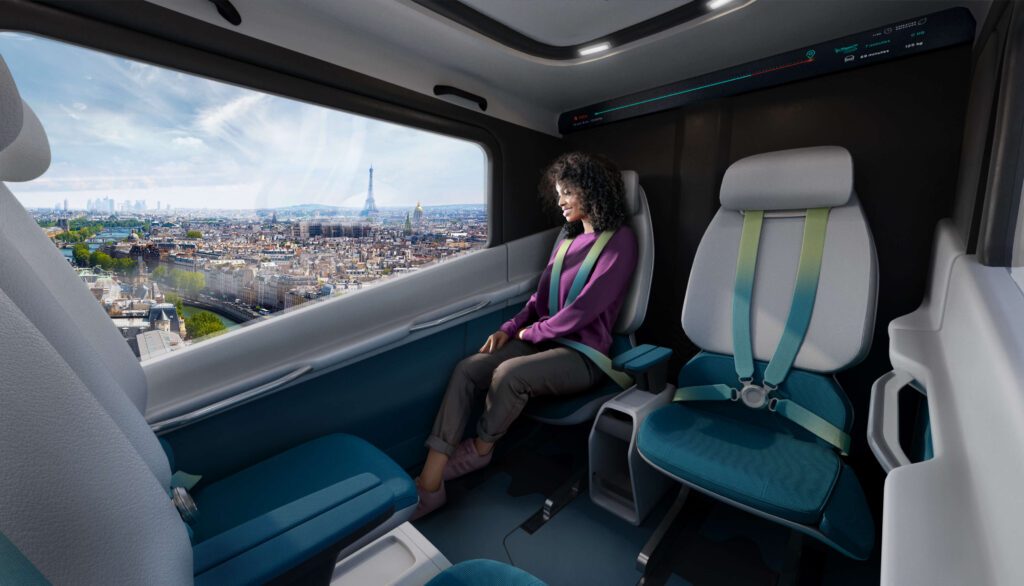
Real-World Case Studies: eVTOLs in Action
Several companies and cities are actively testing eVTOLs in real-world conditions:
- Singapore: Volocopter has conducted successful demonstration flights over Marina Bay, alongside a prototype vertiport to evaluate urban integration.
- Dubai: Joby Aviation has secured agreements to launch commercial eVTOL operations, setting the stage for one of the world’s first air taxi services.
- United States: Companies like Archer Aviation and Joby Aviation are partnering with major airlines to introduce airport-to-city eVTOL routes in cities like Chicago and New York.
- China: EHang has conducted extensive trials of autonomous eVTOLs, emphasizing a future of pilotless urban air transport.
- Wisk Aero: Wisk is pioneering autonomous eVTOL technology, with ongoing partnerships in Houston, Australia, and New Zealand to develop vertiport infrastructure and integrate autonomous air taxis into urban transportation systems.
- Eve Air Mobility: Eve, an Embraer subsidiary, has secured multiple agreements with cities worldwide, including São Paulo and Miami, to launch eVTOL operations and establish a sustainable urban air mobility ecosystem.
The Road Ahead: What Needs to Happen Next?
For eVTOLs to transition from prototypes to mainstream transportation, key developments are necessary:
- Infrastructure Development: Building vertiports with charging capabilities and seamless multimodal connectivity.
- Regulatory Alignment: Establishing global certification standards and flight operation frameworks.
- Technological Advancements: Improving battery efficiency, enhancing automation, and refining air traffic management systems.
- Public-Private Collaboration: Encouraging partnerships between governments, aerospace companies, and urban planners to ensure sustainable integration.
The Sky is Not the Limit
The evolution of eVTOLs is at a critical juncture. While significant engineering and regulatory challenges remain, the pace of development suggests that urban air mobility is not a distant dream but an imminent reality. As aerospace professionals and enthusiasts, staying informed and engaged with these advancements will be key to shaping the next era of aviation. The question is not whether eVTOLs will take flight—it’s how soon they will redefine our urban landscapes. As eVTOL technology progresses and urban air mobility inches closer to reality, do you believe these aircraft will become a mainstream transportation option within the next decade, or will they remain a niche solution for select cities and industries? Share your thoughts and insights!

